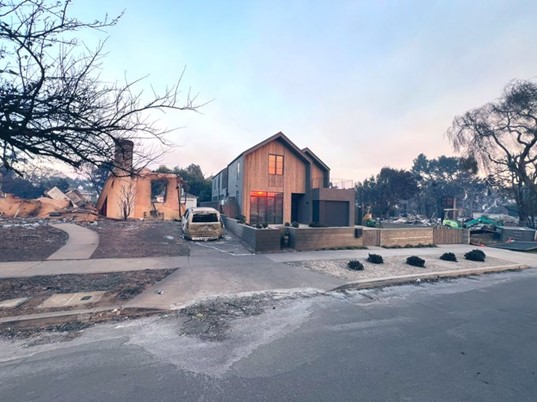- Anthony Reyes
- (916) 319-2078
- Anthony.Reyes@asm.ca.gov

Assemblymember Ward Introduces AB 368 to Advance Passive House Standards
for More Cost-Effective Energy Efficiency
(SACRAMENTO, CA) – Assemblymember Chris Ward (D-San Diego) introduced AB 368, a bill directing the California Energy Commission (CEC) to evaluate the adoption of certified Passive House (PH) energy efficiency standards as an alternative compliance pathway under Title 24 building regulations.
With California facing intensifying wildfires, droughts, and rising sea levels, AB 368 aims to reduce greenhouse gas (GHG) emissions by promoting energy-efficient construction. Buildings account for 31% of total GHG emissions, making sustainable design a key part of the state’s climate strategy.
"Passive House standards reduce emissions, lower energy costs, and create healthier, more resilient buildings," said Assemblymember Ward. "By offering developers an alternative compliance pathway, we’re making it easier and more affordable to build sustainable homes and strengthen our communities."
PH standards are increasingly recognized by environmental and design professionals as superior standards, which focus on airtight construction and efficient ventilation, cutting heating and cooling energy use by up to 50%. States like New York, Massachusetts, and Pennsylvania have already integrated these standards, demonstrating their effectiveness in cutting emissions and improving indoor air quality. In addition to energy savings, PH buildings are more resistant to pollution, wildfire smoke, and extreme temperatures. Their design—fewer vents, better insulation, and air filtration—also enhances fire resilience by reducing ember intrusion.
“Passive House represents the next giant step forward in terms of how the built environment should be conceived and created,” said Rob Nicely of Climate Action California, the bill’s sponsor. “The current title 24 model misses key variables and does not predict actual performance. Allowing the Passive House system as an alternative pathway would be an excellent advance.”
Currently, developers must navigate a costly dual compliance process under Title 24 to implement PH standards. AB 368 eliminates this hurdle, saving developers up to $20,000 per project and accelerating California’s clean energy goals.
***For media inquiries, contact Anthony Reyes: Anthony.Reyes@asm.ca.gov***